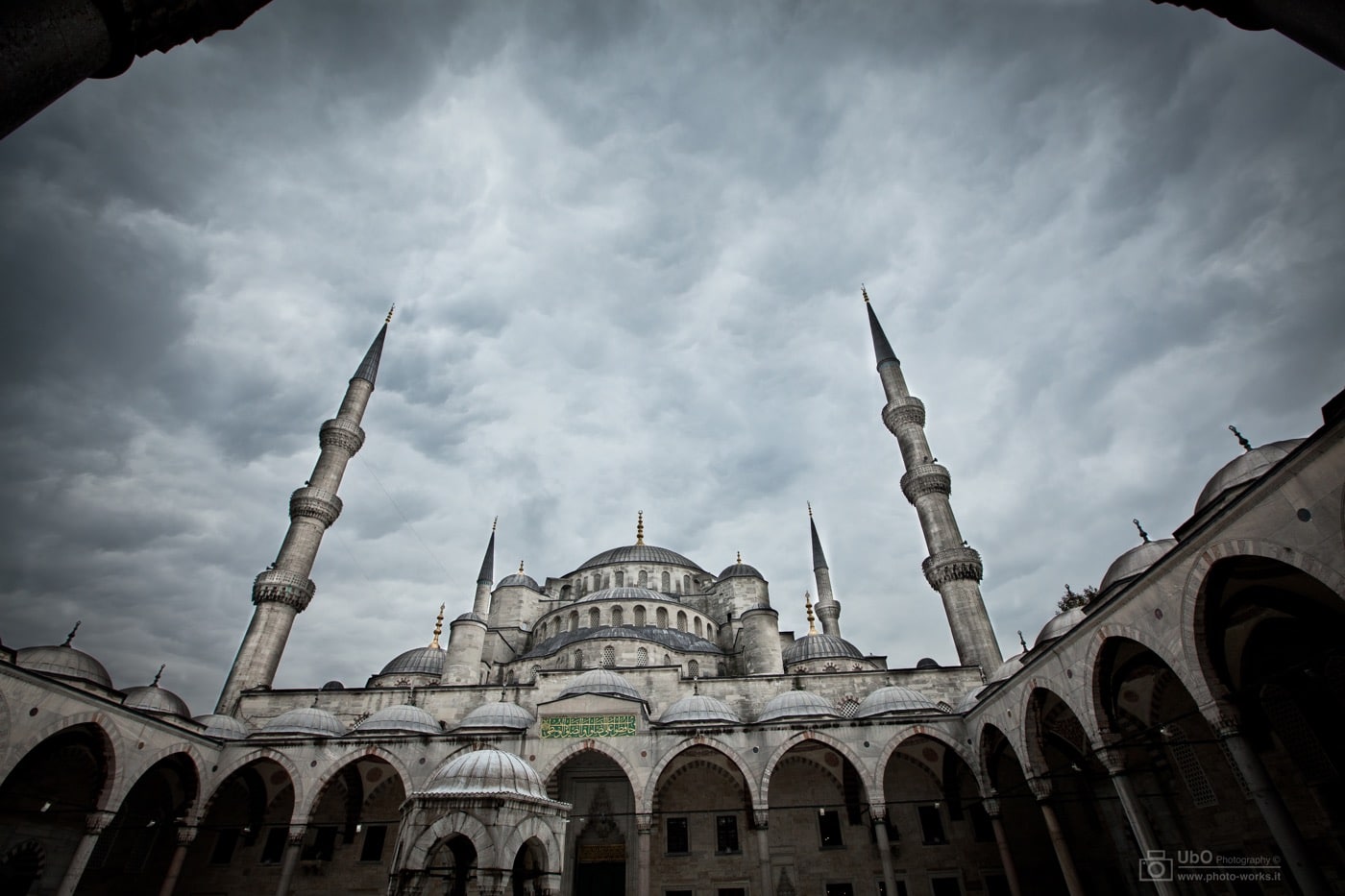It’s the perfect blend of east meets west. With the sounds and smells of the Middle East but the shopping of Western Europe, you simply can’t go wrong in Istanbul. Call it what you will – Byzantium, New Rome, Tsarigrad, Constantinople, or Istanbul – it’s a place where you can lose yourself. For the wanderer, it’s perfect for beginning or ending a trip; a city where you can observe as an outsider but also blend into local Turkish culture. You’ll be tempted to forget the era in which you live as you experience Istanbul’s two distinct cultures and for the adventurous there’s something to fulfill every fantasy.
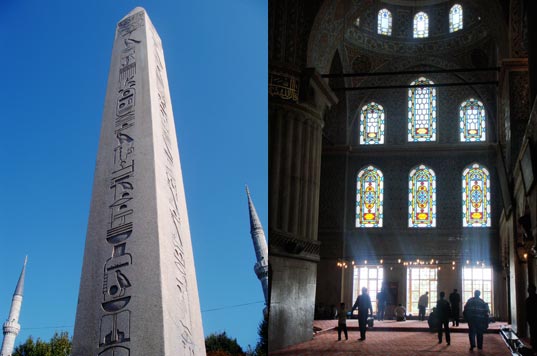
Istanbul is the most populous city in Europe and with history dating all the way back to 6000 BC, and status as the former capital of the Ottoman Empire, you can imagine that there is more to see and experience than you could ever dream. Situated on the Bosporus Straight in the Marmara region of Turkey, the ancient city sits on the border between Europe and Asia with European Istanbul to the west and Asian Istanbul to the east. As a result it’s part Western world and part Middle East. Most of the museums, mosques, and shopping are on the European side and while most of the major sights can be seen in three or four days, it takes at least a week to truly appreciate everything. It’s an amazingly different culture from the rest of Europe, and that is something that visitors will notice right away.
Appease your inner history buff by brushing up on the legends first. Istanbul’s most famous site is the Hagia Sofia, located in the Sultanahmet district of the Old City, the most famous and tourist laden area. Built first as a basilica, then as a mosque, this breathtaking house of worship is now a museum and filled to the brim with visitors daily. As Istanbul is a very popular port for cruise ships, your best bet is to get there early in the morning and allow a few hours to see every inch of this incredible and ancient building.
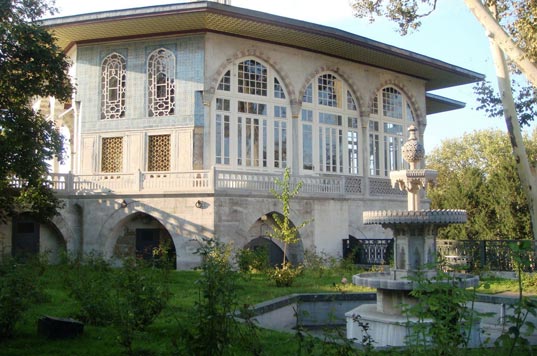
At the front entrance of the Hagia Sofia, lying straight across the water fountains is the national mosque of Sultan Ahmed, known as the Blue Mosque and not to be missed. Standard in any mosque, men and women must have their shoulders and legs covered and remove their shoes; women must also cover their heads. Perhaps the best time to visit the Blue Mosque is during the evening adhān (call to prayer), when the sun sets and colored floodlights illuminate it. Also in Sultanahmet is one of the best museums, the Turkish and Islamic Arts museum, as well as the historically significant Byzantine ruins (the Underground Cistern and the Hippodrome). While the Hippodrome can be a bit uninteresting, the Underground Cistern is a must see. Along the back streets take a little time to overindulge in the smells and tastes of the ancient city by sniffing out the Spice Market then spend hours haggling in the Grand Bazaar (tip: never pay the quoted price). While both shopping areas are packed with people on a daily basis, it’s part of everyday life in Istanbul and one thing you won’t want to leave without experiencing.
All the sights in Sultanahmet can easily take up a full day but an ambitious traveler can pack it into a single morning as there is so much more to see. Within walking distance is the gloriously gigantic Topkapı Palace, one of the largest palaces in Europe.
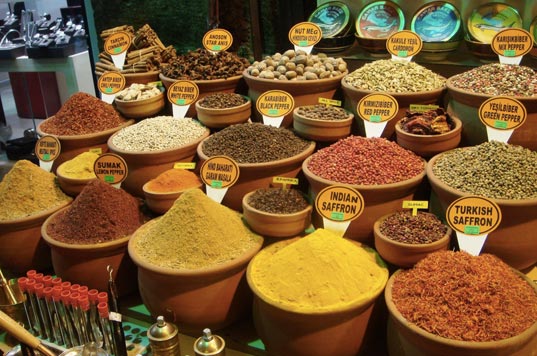
Take the tram like the locals up to İstiklal Street (watch for the signs saying İstiklal Caddesi meaning Independence Street), the heart of Istanbul’s new town, and spoil yourself with all the treats. At the end of this pedestrian mile of shops and cafes is the main square called Taksim Square where taxis can often be hailed. İstiklal is always packed with people, especially in the evening when everyone is going out and is a hot spot for Istanbul’s trendiest residents perhaps because it is so European. Plus, numerous bars and clubs are located nearby. Along the strip you’ll find everything from flower and fish markets to cafés serving local foods and traditional shisha and çay (Turkish coffee and tea) to Starbucks (of course) and even an NBA Store. Satisfy that long-standing curiosity you’ve had about the hookah, what most locals are doing in the cafes along the side streets, with a cup of Turkish coffee and a nargile (try the rose or peppermint for amazing smoke fragrances). It’s the best way to spend a few hours relaxing and watching the rest of the city pass by.
The indulgence of exploration is so important in Istanbul. Take full advantage of one of its most precious assets, the Bosporus, by taking a ferry that cruises north along the border of the two continents. Take it to where it meets the Black Sea, about an hour up and back, with a two to three hour stop in Anadolu Kavaği, a small fishing village on the Asian side. Grab a seat along one of the sides and enjoy the passing mosques, mansions and fortresses. It’s the best way to appreciate just how big the city truly is. In Anadolu Kavaği , visit the small Yoros Castle (follow signs for Yoros Kalesi) on top of the village’s hill and there you can partake in the plentiful and fresh seafood. The ferry’s departure and arrival schedule is perfect; as you return to downtown Istanbul, you’ll hear the many adhāns beckoning you back to the city.

You can’t possibly leave Istanbul with experiencing a Turkish bath. Called türk hamamı, this is only for those comfortable enough to truly “soak” up the local culture. Most local baths are mixed and most bathers will be partially or fully naked. Don’t plan on going if you are shy or uncomfortable with strangers — these are not like American spas. The bath attendants will offer a scrub and it’s impossible to stay dry or covered as it’s extremely hot. All the same, it is the best way to immerse yourself in the local culture and take part in a centuries-old tradition. You’ll want to bring your own loofah or kese, so you won’t need to use the same one that attendants use on everyone else. Also be sure to bring a bathing suit, towel, bottled water and flip flops. While many of the hammams are frequented by locals, most are now for tourists as well, so you won’t feel out of place. For the adventurous, try the most “authentic” which is Büyük Hamam in the New District. If you aren’t quite ready for immersion, try Süleymaniye Hamamı or Cağaloğlu Hamamı, the latter being segregated.
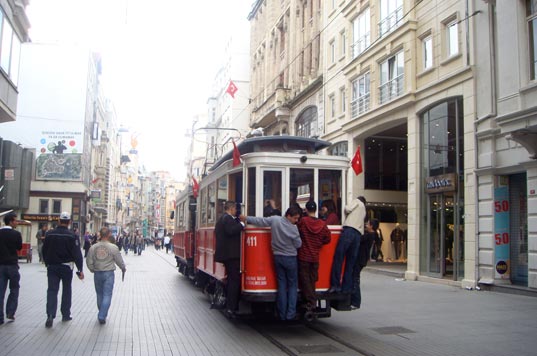
While experiences such as a Turkish hamamı or smoking a flavored nargile can feel awkward at first, it’s the best way to discover a culture older than most. The magic of Istanbul is best experienced to the maximum, so take your time and do it all.
[alert type=white]
The international dialing code for Istanbul is 90.
Where to Sleep:
The Four Seasons: What more needs to be said about this world of luxury? With two exquisite locations in the city, it comes down to which view you’d rather have — the Blue Mosque or the mighty Bosporus? Both locations are complete with world class restaurants and spas. Welcome to paradise. 90 212 402 3000; www.fourseasons.com/istanbul or www.fourseasons.com/bosphorus
The Marmara: Equal luxury for half the price. With seven grand hotels throughout the city of Istanbul and more throughout Turkey, Marmara is the ultimate name in Turkish swank. Recommended to me from a family friend who grew up in Turkey, I’d recommend the Marmara Taksim or the Marmara Pera — the locations are ideal. The hotels offer “club” rates complete with breakfast on a club level floor for members only, the perfect picture of international.
90 212 334 8300; www.themarmarahotels.com
Seven Hills Hotel: Situated right between the Hagia Sofia and the Blue Mosque, you couldn’t ask for a more idyllic location. The hotel is only 11 years old, so amenities are new and the staff is fresh. And with a rooftop patio where breakfast or dinner overlooks the Hagia Sofia, well, that’s pretty hard to say no to. The hotel regularly runs specials for very affordable rates. 90 212 516 9497; www.hotelsevenhills.com
Where to Eat:
Zencefil Cafe: #8-10 Kurabiye Sokak (runs just parallel to İstiklal Street), 0212/243 8234. I don’t know what I love best about this cafe: the selection of fresh teas showcased in individual boxes, the vegetarian cuisine when you just can’t look at one more kabob, or the lovely (and surprisingly serene) garden. The menu changes seasonally for the freshest dishes around, as does the art hanging on the walls from local artists. Try it for a low key, low expense dinner or just an afternoon shopping break.
Cumhuriyet Meyhanesi: Balıkpazarı Sahne Sokak 27 (again, just off İstiklal Street), 0212/243 6404. If it’s good enough for Atatürk himself, well then you’ve got to give it a try. Rumor has it that Turkey’s founder was a regular at “Republic Tavern.” Enjoy the customary fare and live local music in the evenings. There are a few outdoor tables and a peaceful upstairs room as well.
Giritli Restaurant: Keresteci Hakkı 8, 0212/458 2270. It’s a splurge, but it’s well worth it. Just a few blocks past the Blue Mosque, this local gem serves Marmara-fresh seafood as a multi-course feast for one set price. Bonus: it includes bottomless booze, hard to come by in the Muslim country.
What to See:
Hagia Sofia: Located in the Sultanahmet district, you can’t go wrong visiting one of the wonders of the world. And with so many other breathtaking sights surrounding the Hagia Sofia, it’s easiest (and best!) to plan a day for the area. Keep in mind: all national museums are closed on Mondays and the Hagia Sofia is especially crowded on Tuesdays when most cruise ships dock. Try this busy locale early in the morning on a Wednesday or Thursday when it’s best to venture to the Blue Mosque after your visit. The Blue Mosque is very crowded on Fridays before and after prayer times and is closed during prayer.
[/alert]

